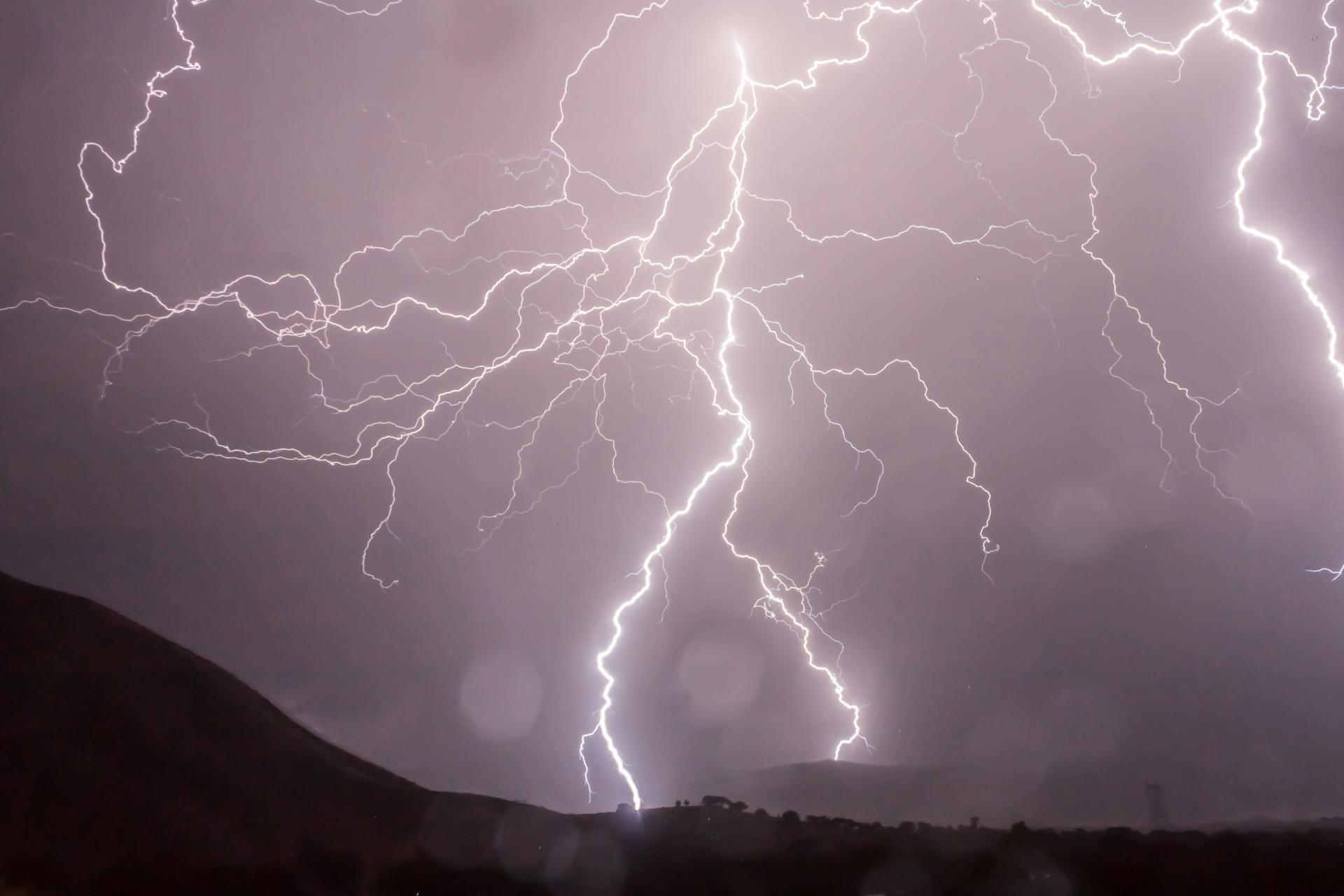Hiking and Thunderstorms: Beware of metal objects

Image credits Pixabay
Carrying metal objects during a hike: does it increase the risk in a thunderstorm? This is a legitimate question, especially for those who regularly trek on trails or in open areas where bad weather can strike unexpectedly.
When lightning strikes, the current can pass through a person in two ways: directly or indirectly. In the first case, the impact can be lethal. In the second, the discharge doesn't directly hit the body but spreads through the ground after striking nearby, causing what's known as "step voltage."
What happens if you're outdoors during a thunderstorm?
In the unfortunate event of being outdoors during a thunderstorm, you can reduce the risk of being struck by avoiding exposed or elevated areas and moving away from objects that could attract lightning. Particular attention should be paid to metal objects.
Do metals attract lightning?
A common belief is that metals attract lightning. In reality, metals do not attract lightning, but they are excellent conductors of electricity. This means that if a metal object is in a prominent position and in contact with the ground — as is the case with a lightning rod — it can become a preferred channel for the electrical discharge.
A classic example is a metal trekking pole: if held in hand and in contact with the ground during a thunderstorm, it can act as an improvised lightning rod, increasing the risk of being struck by the current.
Which objects should you avoid during a hike?
Besides metal trekking poles, it is strongly advised not to carry metal objects in close contact with your skin during an excursion in bad weather, such as necklaces, bracelets, rings, piercings, earrings, and watches.
In the event of being affected by step voltage, these objects could overheat rapidly, causing burns.
Safety first
In conclusion, when hiking, it's good to be prepared not only with boots and a backpack, but also with a good dose of caution. Being informed about weather conditions, avoiding exposed areas, and limiting the use of metal objects can make the difference between a simple outdoor adventure and a risk to your personal safety.
